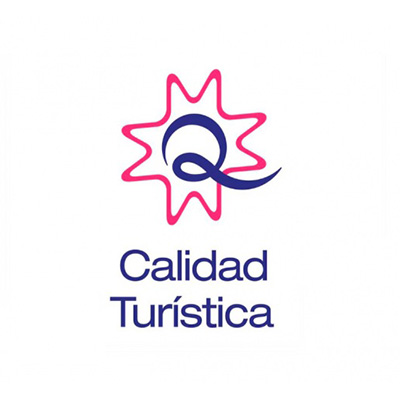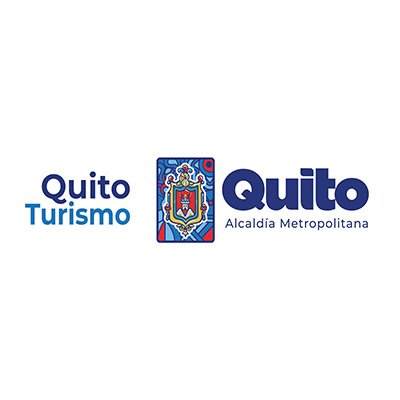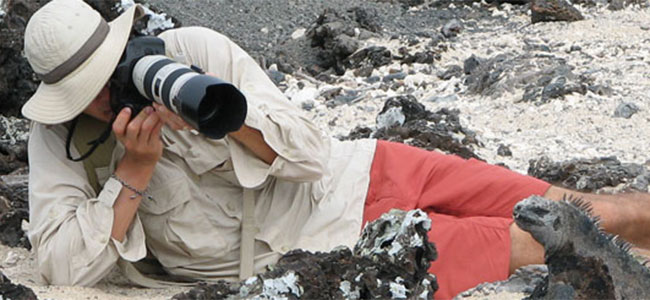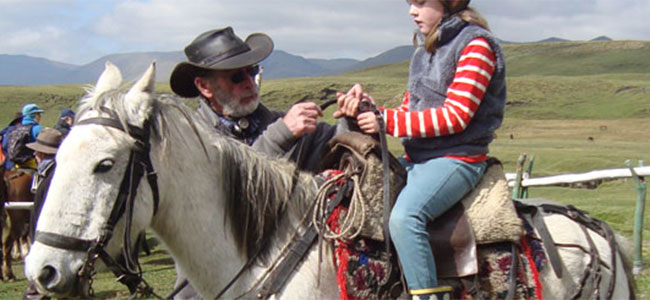Cotopaxi Volcano in Eruption – 12 Interesting Facts
Ever wondered what it would be like to live in the presence of an active volcano? Read our top 12 facts about the eruptive process of Cotopaxi Volcano in Ecuador.

1. Cotopaxi active again
In August 2015 Cotopaxi Volcano woke up after over one hundred years of general non-activity. Some would say the eruption was overdue since, through history, Cotopaxi has experienced a major eruption more or less every hundred years, the last big one occurring in 1877.
2. Classed among the most dangerous
Cotopaxi is classed as one of the most dangerous volcanoes in the world not because of the threat of lava but because of the presence of large glaciers on the volcanos flanks. A sizeable eruption could cause these glaciers to melt at alarming speeds and lead to the creation of lahars (mud flows) which can be incredibly destructive to surrounding lands and communities.
3. Yellow Alert
The volcano, which is around 60km south of Ecuador’s capital Quito, is currently on yellow alert. Volcano alerts range from white, to yellow, to orange and finally to red which signifies an imminent eruption.
4. Local communities
Large populations in Ecuador live and work in zones where it is believed the lahars will flow if there is a sizeable eruption. Emergency plans are now in place for these populations, with the creation of community alarms and evacuation routes. People have also been advised to have on hand an emergency backpack containing a radio, batteries, torch, water, tinned food, protective googles and face mask.
5. Glaciers still present
Recent photos of the normally pristinely white-topped Cotopaxi show large areas of black around the summit of the volcano. This led some to believe that the glaciers were gone. Although they are melting to some degree due to the hot gases and ash which the volcano emits, the glaciers are still very much present. They are just hiding beneath a layer of black ash.
6. Nightime glow
Another phenomenon which has been photographed at nighttime on the summit of the volcano is an orange glow. Ecuador’s Geophysical Institute has confirmed that presently this glow doesn’t signify the presence of lava; rather it is a natural incandescence which is produced by the eruptive process. This incandescence poses no risk.
7. Avenue of the Volcanoes
Cotopaxi is not the only volcano which is currently active in Ecuador. Two other very active volcanoes include Tungurahua Volcano to the south of Cotopaxi, in the Tungurahua province and Reventador Volcano in the Amazon region of Ecuador. Never a dull moment...
8. Cover-up?
Some volcanologists are reported to be saying that all the signs show that Cotopaxi Volcano has entered into a more active phase, but that there is no big eruption on the horizon. Some claim that the Ecuadorian Government is using the news of the volcano to distract people from the current economic and political crisis the country is facing.
9. Day-to-day life continues as normal
Even with all this talk of volcanoes, daily life in Quito and the surrounding areas goes on as normal at present. Taking into account that Cotopaxi’s previous active volcanic phases have lasted for months and even years, it is something Ecuadorians may have to learn to live with for the foreseeable future.
10. Once in a lifetime opportunity
Cotopaxi Volcano has always been a beauty, visible from many spots in Quito and along the Avenue of the Volcanoes. To have the privilege of observing the volcano in eruption is a spectacle which no-one living in Ecuador had ever seen before or ever expected to see in their lifetime. Now is the time to visit Ecuador if you want to experience this natural phenomenon!
11. National Park currently closed (reopened Dec 2015)
The Cotopaxi National Park is closed to the public at time of writing (November 2015), along with a number of lodges in the area which are deemed to be in high-risk zones, due to the threat of lahars (mud flows). Original Ecuador, at present, is offering alternative visits to Pasochoa or Quilotoa on days where Cotopaxi is included in the walking tour itinerary. Rest assured you will still have plenty of opportunities to observe the volcano in action whilst you visit.
12. Find out more
For more information and for daily updates on the eruption of Cotopaxi Volcano please visit the website of Ecuador’s Instituto Geofisico http://www.igepn.edu.ec/
This blogpost was written on 26th November 2015.







